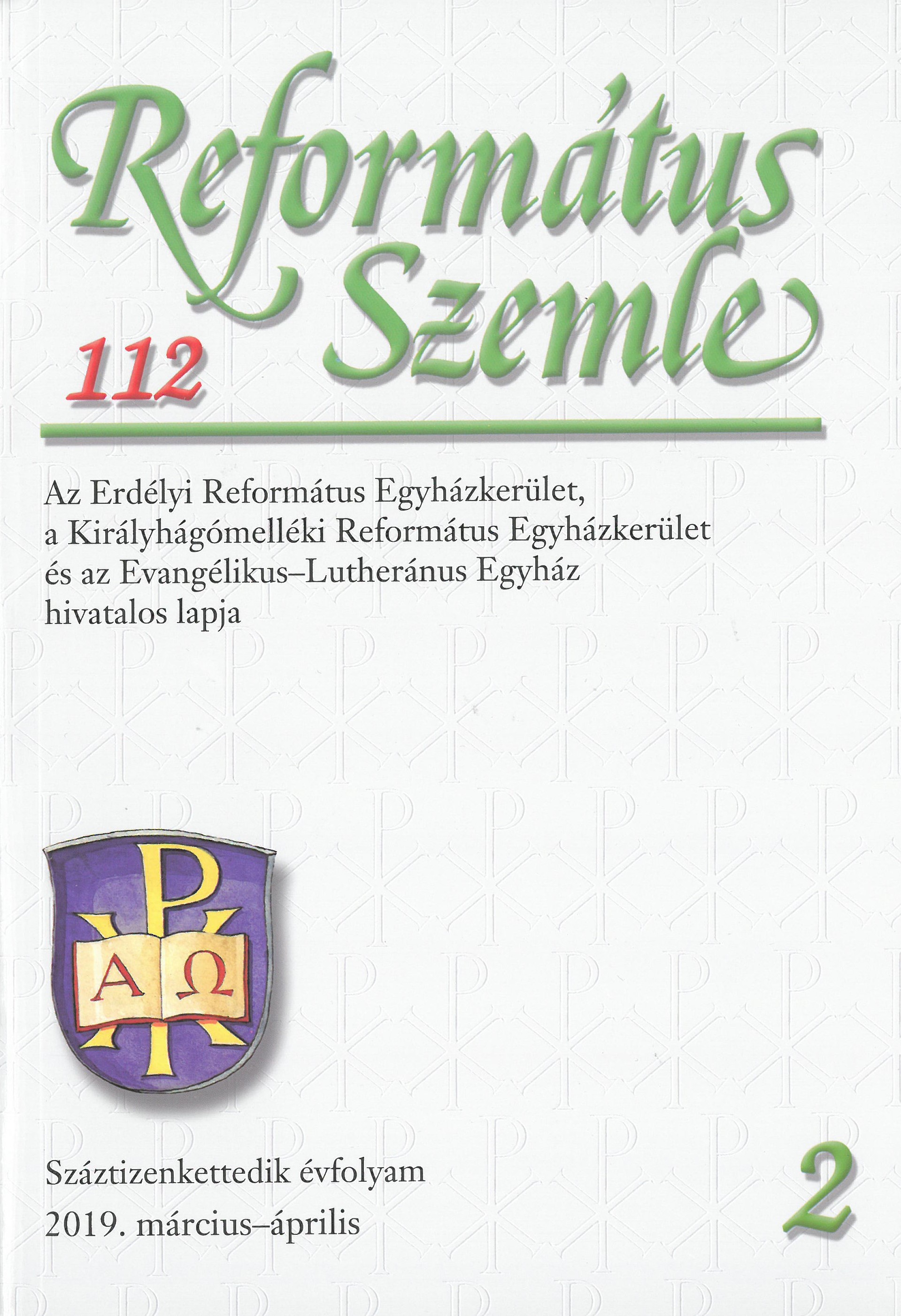A bibliai régészet fontosabb felfedezései 2018-ban
Discoveries in Biblical Archaeology in 2018
Author(s): János SimonSubject(s): Christian Theology and Religion, Theology and Religion
Published by: Erdélyi Református Egyházkerület
Keywords: biblical archaeology
Summary/Abstract: Many archaeologists are involved in excavations in the lands of the Bible, and each year an increasing number collection of artefacts are unearthed that offer us a glimpse on the background of the biblical history and texts. This article presents the top archaeological findings connected to the Bible, reported in 2018. The incredible treasures from the tomb of prophet Jonah came to light thanks to tunnels dug by ISIS. The “Yerushalayim” inscription on an ancient column dated to 100 B.C. is the first known appearance of the name of Jerusalem in Hebrew or Aramaic written in stone. The clay pomegranate found at Tel Shiloh is dating back to the First Iron Age, to the times of the Tabernacle of ancient Shiloh. An extremely rare seal impression discovered at Jerusalem’s Western Wall plaza and bearing the inscription “Belonging to the governor of the city” confirms specific biblical information. A tiny stone weight engraved with ancient Hebrew letters spelling the word Beka, dating to the First Temple period, was discovered in situ on the north of the early City of David. During the renewed excavations at the foot of the Southern Wall of the Temple Mount in Jerusalem, a minuscule bulla or seal impression was discovered, with the text probably reading “Isaiah the prophet”. It was discovered in the same layer where some years ago a similar seal impression was found with the inscription: “Belonging to King Hezekiah of Judah.”
Journal: Református Szemle
- Issue Year: 112/2019
- Issue No: 2
- Page Range: 192-202
- Page Count: 11
- Language: Hungarian

